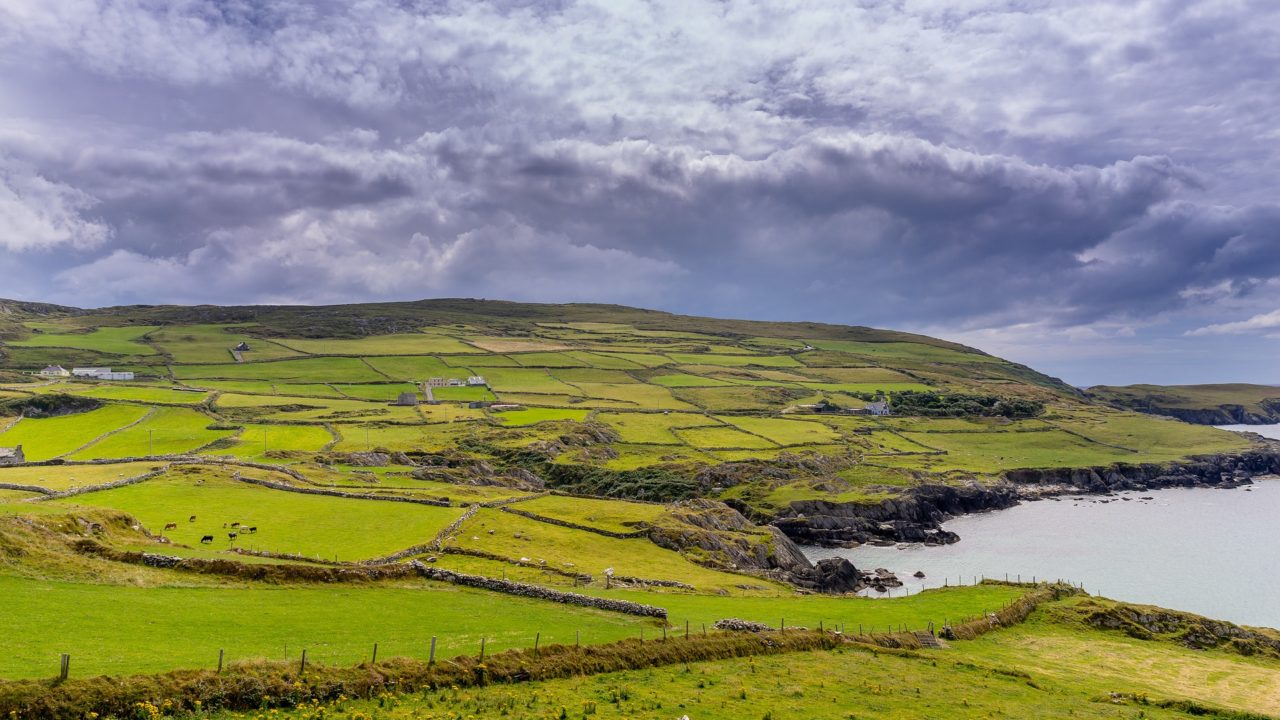The initial report on the government’s land use review has recommended that a measurement of food security be used to assess the sustainability of food production in Ireland.
It is among 19 recommendations made in the Land Use Evidence Review Phase 1 Synthesis Report published today (Friday, March 10) by the government.
The Programme for Government committed to a land use review which will inform the emissions reduction target for the land use, land use change and forestry (LULUCF) sector.
The Phase 1 report provides an evidence base to determine the environmental, ecological and economic characteristics of land types across Ireland.
The work was carried out with the support of a Land Evidence Forum chaired by the Environmental Protection Agency (EPA) and the oversight of a Land Use Review Steering Committee co-chaired by Department of the Environment, Climate Change and Communications (DECC) and the Department of Agriculture, Food and the Marine (DAFM).
25 organisations or groups made a total of 213 submissions as part of the Phase 1 call for evidence which ran from November 2021 to February 2022.
Phase 2 will identify policies, measures and actions against the backdrop of the government’s wider economic, social and climate objections.
Land Use
According to the report, 78% of land in Ireland is privately owned, 8% is publicly owned and limitations on data meant that 14% could not be assigned to either category.
The report shows strong differences in the distribution of land cover.
Cropland and infrastructure land (urban areas and other artificial surfaces) are more dominant in the east and southeast of the country, while land cover categories most associated with high biodiversity value occur predominantly in the border, west and mid-west regions.
Agriculture is Ireland’s dominant land-use class and accounts for 67% of Ireland’s land cover, most of this is grassland, used for pasture, hay, silage and rough grazing.
While the national percentage of agricultural land cover has remained consistent since 1990, there have been changes to Ireland’s agricultural land.
Agricultural land has been created from draining of wetlands, but land has also been lost to urbanisation and building of infrastructure, housing and services.

The report notes that agriculture is “a significant part of Ireland’s economy with the agri-food sector accounting for 7% of gross national Income, 10% of exports and 7% of employment in 2020”.
A farm business is considered viable if the family farm income can pay family labour at the contemporary minimum wage and provide a 5% return on capital invested in machinery and livestock.
On that basis, 42% of Ireland’s farms were viable in 2021, 31% were sustainable and 27% were vulnerable.
The review warns that “long-term economic success cannot be sustained if climate, water quality and biodiversity are undermined”.
“In particular, soil-dwelling biodiversity will be recognised as vital to future, sustainable food system productivity.”
The report said that decoupling Ireland’s agricultural activities, and planned growth, from environmental damage is a significant challenge.
“It is in the long-term interest of agriculture to transition to a model that supports a high-quality environment so that soil, water, climate and biodiversity conditions are adequate to support farming into the future.”
Review recommendations
In total, the Phase 1 review includes 19 recommendations which include agriculture, forestry, energy, mining, transport and urban pressures.
There are six specific recommendations for agricultural land use as follows:
- Develop a national monitoring network for soils;
- Continue to invest in soils mapping;
- Develop a set of integrated indicators to track the impacts and sustainability of Ireland’s agriculture and food systems (from farm to market access);
- When developing this set of indicators, include measurement or quantification of food security to enable an assessment of the ability of our food systems to sustain the production of healthy food into the future;
- Include long-term measurements of soil health, climate stability, availability of good quality fresh water, good biodiversity conditions, thriving rural communities, food security and decent employment as necessary parameters for long-term success or health of Ireland’s agricultural system;
- Indicators that the measure outcomes of agri-environmental schemes or incentives, particularly given the ongoing drive for results-based scheme design, should be included in the indicator set.
In terms of forestry land use, the review recommends the development of a land classification system for Ireland that includes a forestry classification that is not solely focused on forests for timber production.
